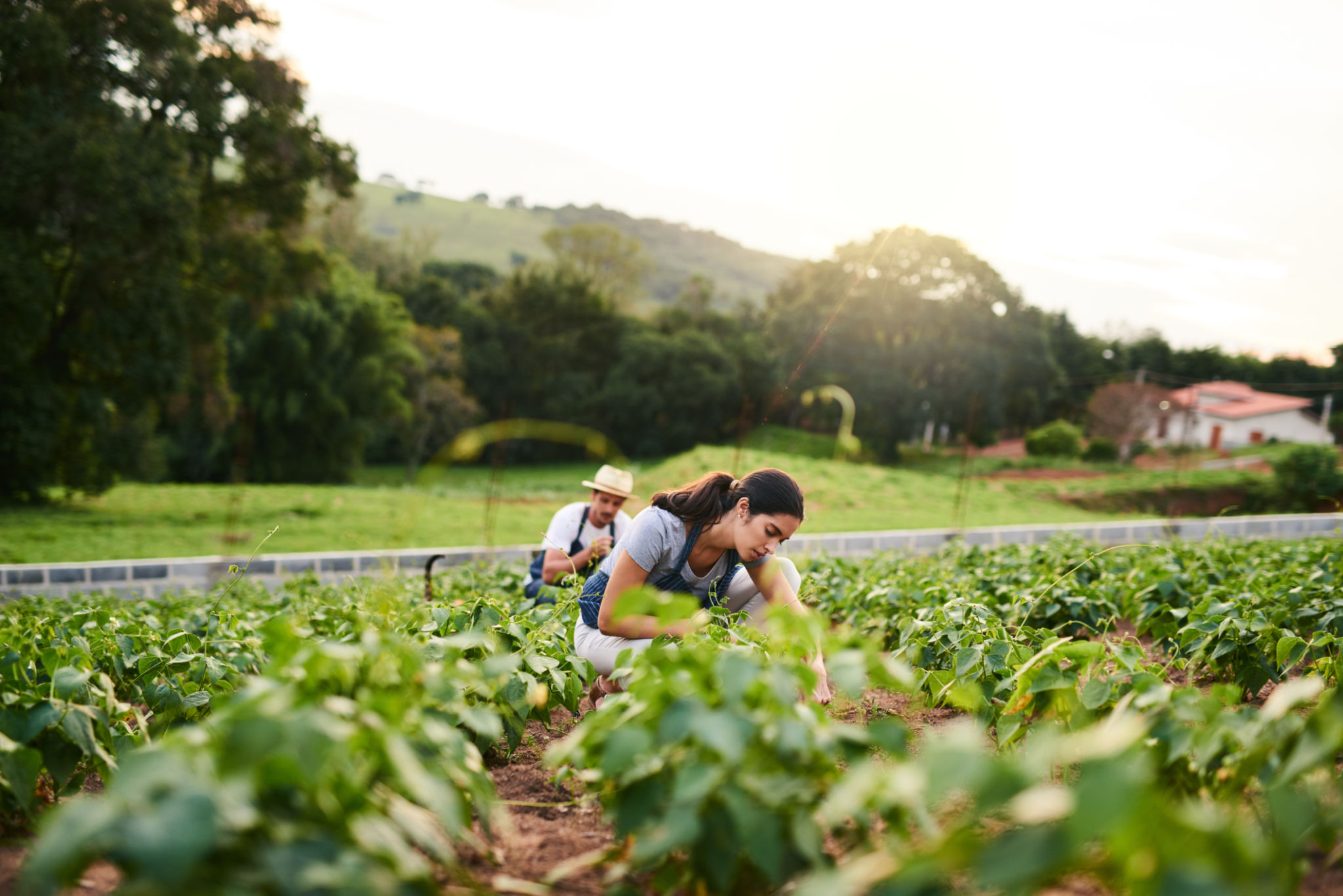How to Select the Best Plant-Based Dye Ingredients for Your Projects
Understanding Plant-Based Dyes
Plant-based dyes are a natural alternative to synthetic dyes, offering a more sustainable and eco-friendly option for various projects. Derived from natural sources such as flowers, leaves, roots, and berries, these dyes can bring vibrant colors to fabrics, yarns, and other materials. Selecting the best ingredients is essential to achieve the desired results while maintaining the integrity of your project.

Factors to Consider When Selecting Ingredients
Color Intensity and Shade
When choosing plant-based dye ingredients, consider the color intensity and shade they produce. Different plants yield different hues, and the final color can vary based on factors like soil composition and climate. Research the specific plants available in your region to understand the colors they can produce. For example, indigo provides deep blues, while turmeric offers vibrant yellows.
Availability of Ingredients
Another crucial factor is the availability of the ingredients. Some plants might be seasonal or hard to find in certain areas. Opt for ingredients you can source locally to ensure a steady supply. This not only supports local agriculture but also reduces the carbon footprint associated with transporting materials from far-off locations.

Preparing Your Ingredients
Harvesting Techniques
The way you harvest your plant-based dye ingredients can significantly impact the quality and intensity of the color. Harvest plants at their peak to ensure you get the most vibrant shades. Leaves and flowers are often best collected in the morning when they are fresh and full of moisture.
Processing Methods
Once harvested, processing your ingredients correctly is crucial. Some dyes require drying or fermenting before use, while others might need to be crushed or boiled. Follow traditional methods for processing each type of plant to extract the best possible color. This step is vital for achieving consistent results.

Application Techniques
Testing Your Dyes
Before committing to a large project, it’s important to test your dyes on small samples. This allows you to see how the color interacts with different materials and make any necessary adjustments. Note how long you need to soak the material and whether any mordants are required to fix the dye.
Adjusting for Desired Effects
Experiment with different techniques such as dip-dyeing, tie-dyeing, or batik to achieve various effects. The same dye can produce different results based on how it's applied, offering endless possibilities for creativity. Adjusting factors like time and temperature during the dyeing process can also alter the final look.
Caring for Plant-Based Dyed Materials
Once your project is complete, proper care will ensure that the vibrant colors last. Wash plant-dyed materials in cold water with a gentle detergent to prevent fading. Avoid direct sunlight during drying, as this can weaken the color. With the right care, your plant-dyed creations can remain beautiful for years.
Selecting the best plant-based dye ingredients involves careful consideration of various factors. By understanding your options and experimenting with different techniques, you can create stunning, eco-friendly projects that stand out.